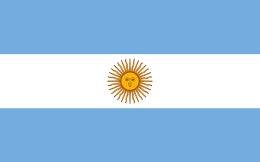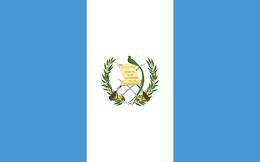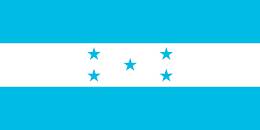Argentina

The Argentine flag was first raised on February 27, 1812, by Manuel Belgrano on the banks of the Paraná River. The iconic design features three horizontal stripes: light blue, white, and light blue, with a golden sun (the Sun of May) added to the center in 1818. The sun symbol commemorates the May Revolution of 1810, which marked the beginning of Argentina's independence from Spain. The flag was officially adopted in 1816 during Argentina's declaration of independence.







